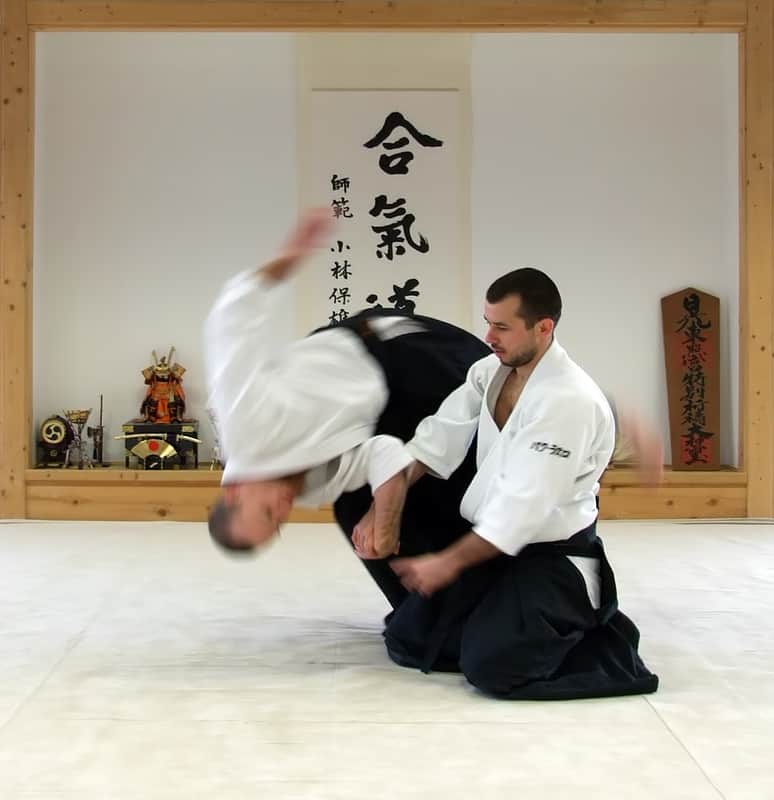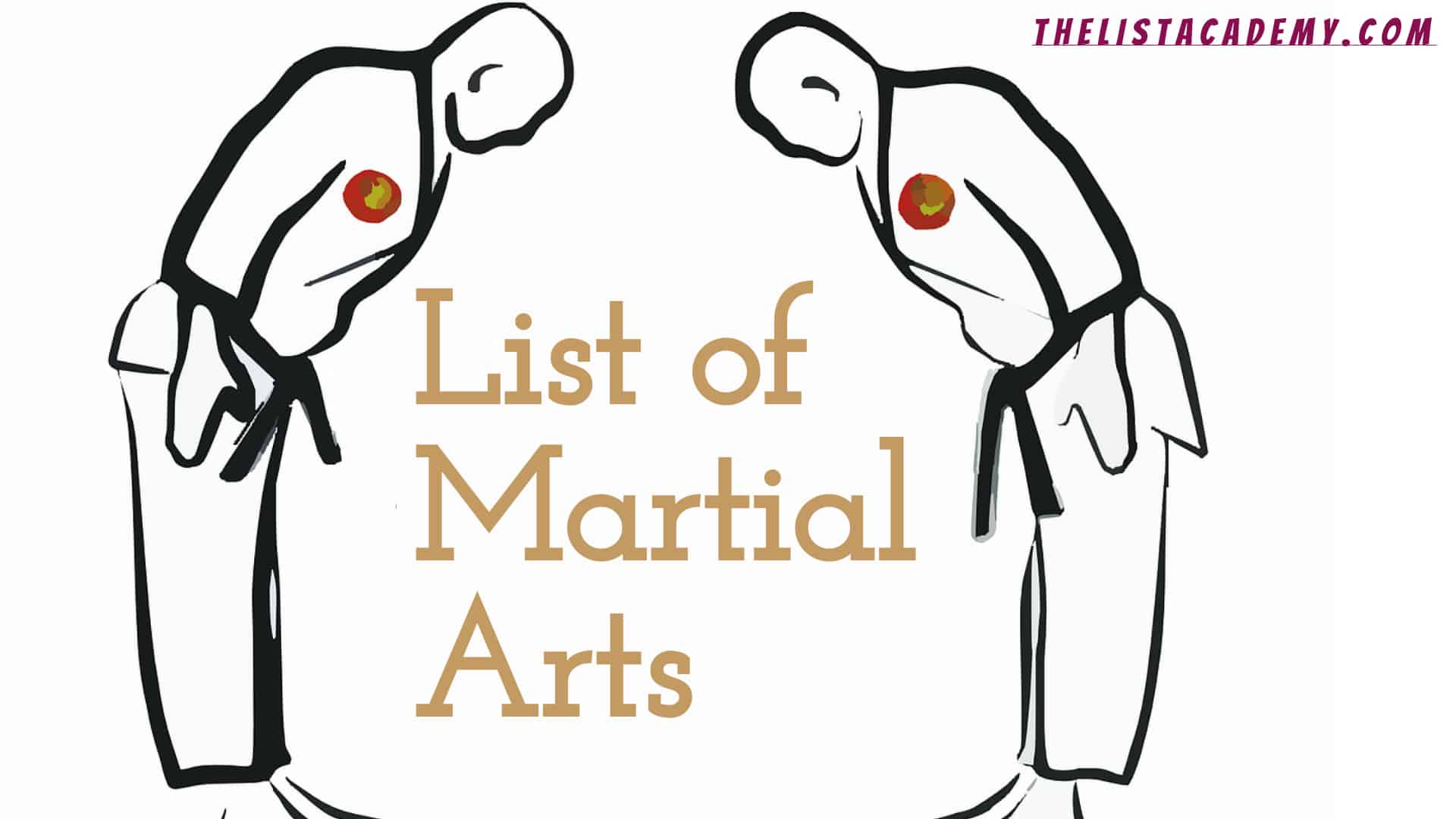
Aikido
Aikido (Shinjitai: 合気道, Kyūjitai: 合氣道, aikidō, Japanese pronunciation: [aikiꜜdoː]) is a modern Japanese martial art that is split into many different styles, including Iwama Ryu, Iwama Shin Shin Aiki Shuren Kai, Shodokan Aikido, Yoshinkan, Aikikai and Ki Aikido. Aikido is now practiced in around 140 countries. It was originally developed by Morihei Ueshiba, as a synthesis of his martial studies, philosophy and religious beliefs. Ueshiba’s goal was to create an art that practitioners could use to defend themselves while also protecting their attackers from injury. Aikido is often translated as “the way of unifying (with) life energy” or as “the way of harmonious spirit”. According to the founder’s philosophy, the primary goal in the practice of aikido is to overcome oneself instead of cultivating violence or aggressiveness. Morihei Ueshiba used the phrase masakatsu agatsu katsuhayabi” (正勝吾勝勝速日, “true victory, final victory over oneself, here and now”) to refer to this principle.
Aikido’s fundamental principles include: irimi (entering), atemi, kokyu-ho (breathing control), sankaku-ho (triangular principle) and tenkan (turning) movements that redirect the opponent’s attack momentum. Its curriculum comprises various techniques, primarily throws and joint locks. It also includes a weapons system encompassing the bokken, tantō and jō.
Aikido derives mainly from the martial art of Daitō-ryū Aiki-jūjutsu, but began to diverge from it in the late 1920s, partly due to Ueshiba’s involvement with the Ōmoto-kyō religion. Ueshiba’s early students’ documents bear the term aiki-jūjutsu.Ueshiba’s senior students have different approaches to aikido, depending partly on when they studied with him. Today, aikido is found all over the world in a number of styles, with broad ranges of interpretation and emphasis. However, they all share techniques formulated by Ueshiba and most have concern for the well-being of the attacker.

